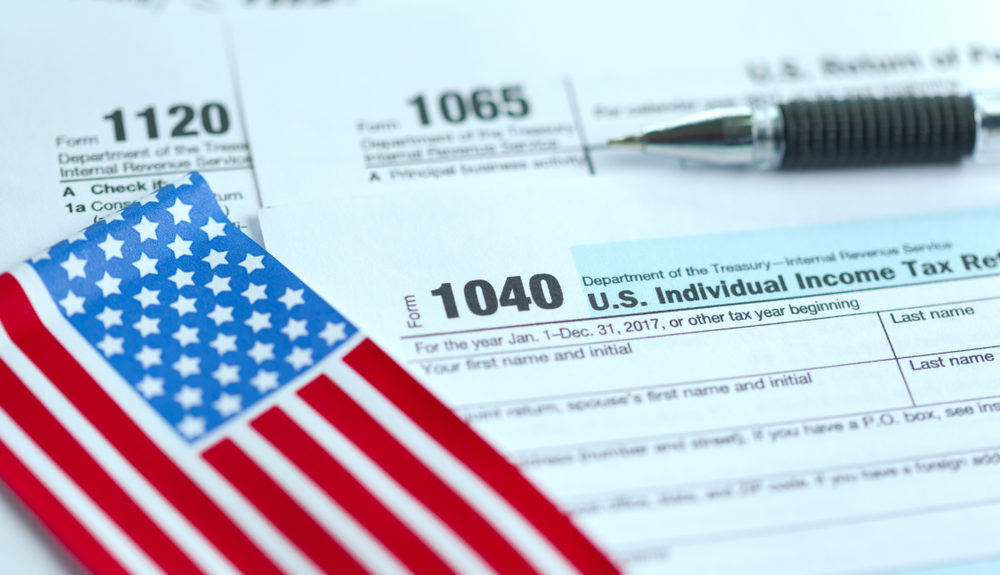For direct online access to VA benefits and resources, create an account here.
The deadline to both file and pay your taxes for 2017 has come and gone. It was April 17. Hopefully, this is an event in your rearview mirror.
However, if it’s not, there are things you should know to avoid needlessly tacking on additional penalties and fines. The Internal Revenue Service (IRS) may assess these to taxpayers for both failing to file as well as failing to pay (the failure to file infraction cost being higher).
The penalty for filing late is five percent of the unpaid taxes for each month or portion of the month that the tax return is late (it starts accruing the day after the due date but won’t exceed 25 percent of your unpaid taxes).
The failure to pay penalty is only half of one percent of your unpaid taxes, and it applies for each month (or part of a month) after the due date and begins to accrue the day after the due date.
If both the five percent penalty and the half of one percent penalty (failure to pay plus failure to file) apply in any month the max you’ll pay for both is five percent.
If you file more than two months (60 days) after the regular or even extended due date the minimum penalty is the smaller of $135 or 100 percent of the unpaid tax amount.
No late filing or payment penalty is levied if there’s reasonable cause (fire, casualty, natural disaster, inability to obtain records, illness or serious incapacitation, among others). It’s important to note that a lack of funds is not seen as one by the IRS.
To access tax resources specifically for military veterans, including links to file through free tax software and the ability to consult with tax professionals, and more, click here.




































